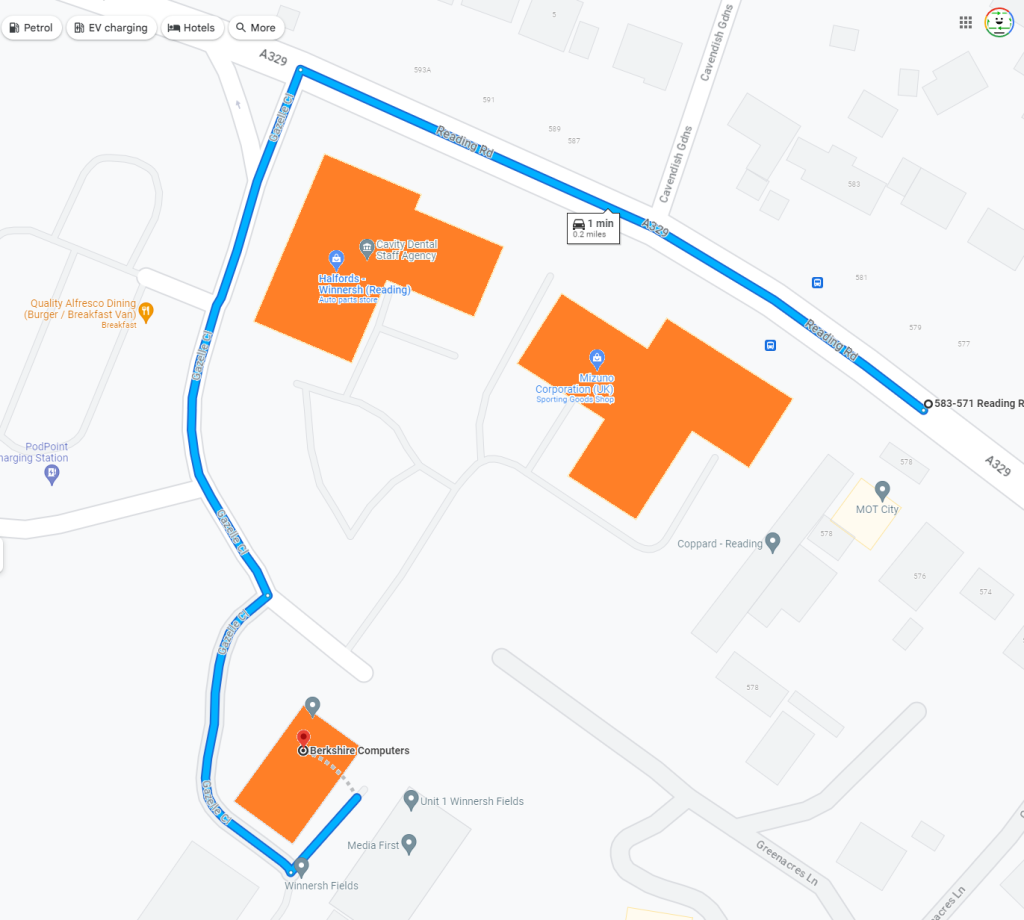Streamlining Your desktop Experience: Automatically Directing Shortcuts to a Secondary Monitor
Are you navigating the sometimes frustrating waters of having multiple monitors? If you have a secondary monitor, particularly one set up in portrait mode, you might have encountered a common annoyance: opening files or installing applications only to find them defaulting to your primary display.
While many users opt to change their display settings to make their secondary monitor the main one, this approach isn’t always practical for everyone. So, is there a workaround to make shortcuts and windows automatically appear on your second monitor without changing the display hierarchy?
Exploring the Settings
While there isn’t a universal feature in most operating systems that automatically designates a specific monitor for new windows, there are a few tweaks and tools you can employ to improve your workflow:
-
Adjust Display Settings: Check your display settings to ensure your monitors are arranged correctly. Sometimes, simply adjusting their physical arrangement can influence how applications are launched.
-
Positioning Windows: Many programs you install allow users to remember their last position. If you frequently use a specific Software tool, try moving it to your second monitor and closing it from there. For some applications, this simple step can program them to open where you prefer.
-
Third-Party Tools: Consider exploring third-party Software that specializes in managing multiple monitors. Programs like DisplayFusion or UltraMon offer advanced features for window management and can help automate where new windows appear.
-
Keyboard Shortcuts: Familiarize yourself with keyboard shortcuts that can quickly move windows between your screens. For example, on Windows, you can use the Windows key + Shift + Left/Right arrow to move an active window to the other monitor.
-
desktop Organization: Create a dedicated folder on your second monitor for downloads or items you frequently save. Even though it might not directly solve the issue, it could make it easier to find files without switching screens.
Conclusion
While the automatic routing of shortcuts and applications to a secondary monitor isn’t a straightforward feature across all systems, leveraging these strategies can help you achieve a more organized and efficient dual-monitor setup. By adjusting your display settings, utilizing Software solutions, or even mastering the art of window management with keyboard shortcuts, you can enhance your digital workspace and reduce the annoyance of misplaced windows. Happy multitasking!
Share this content:



